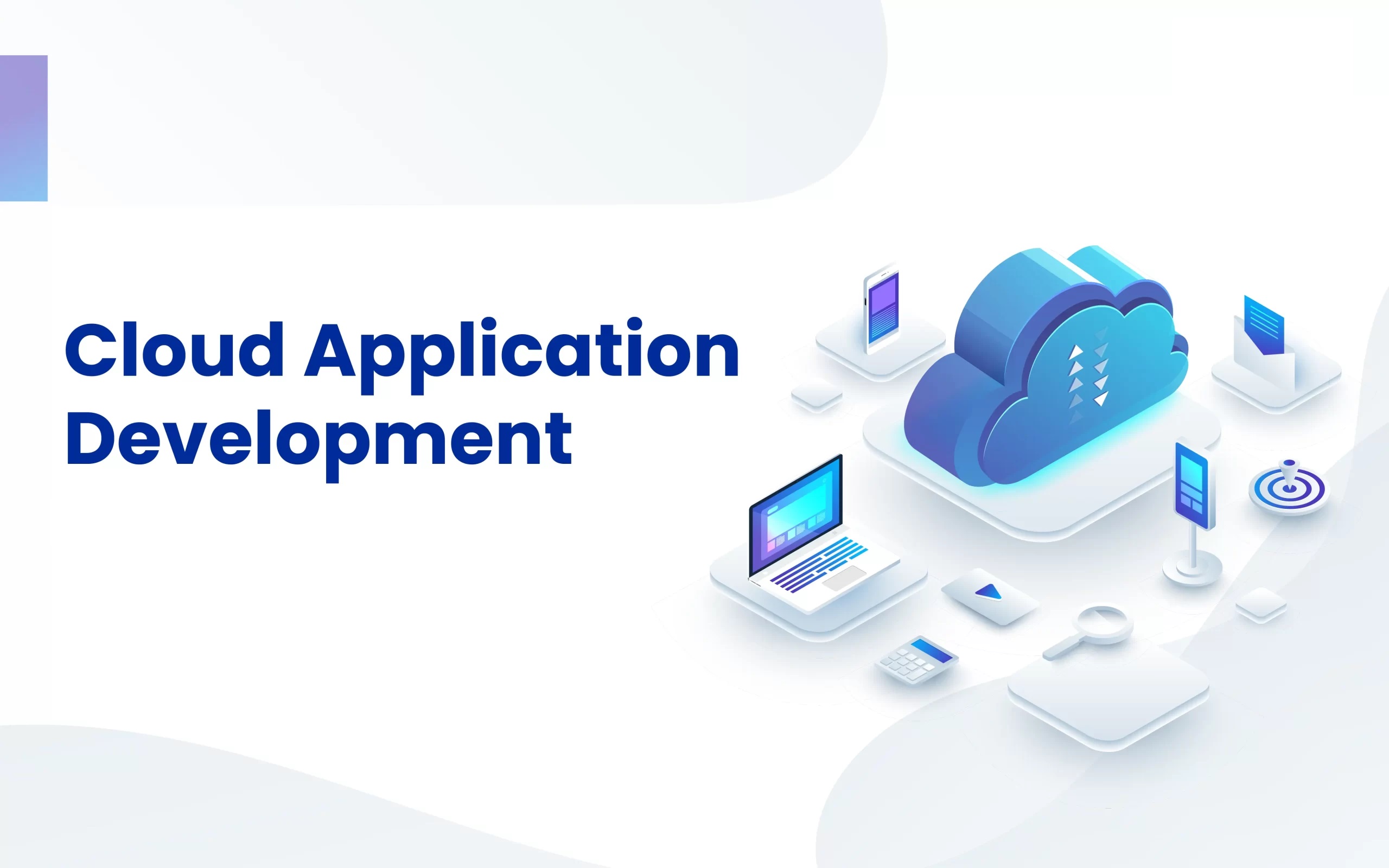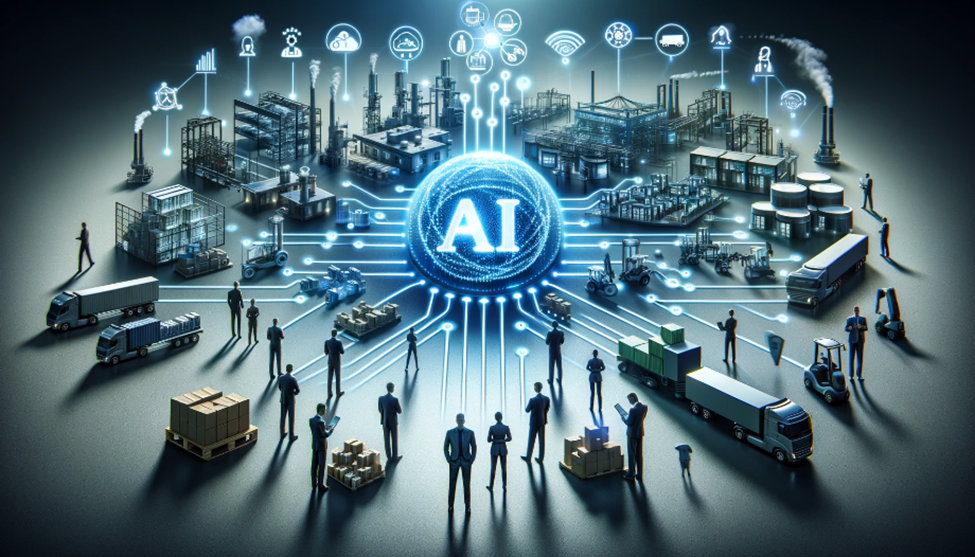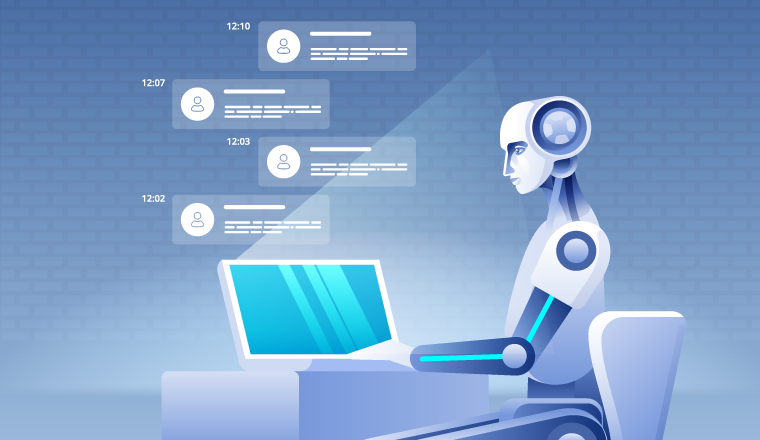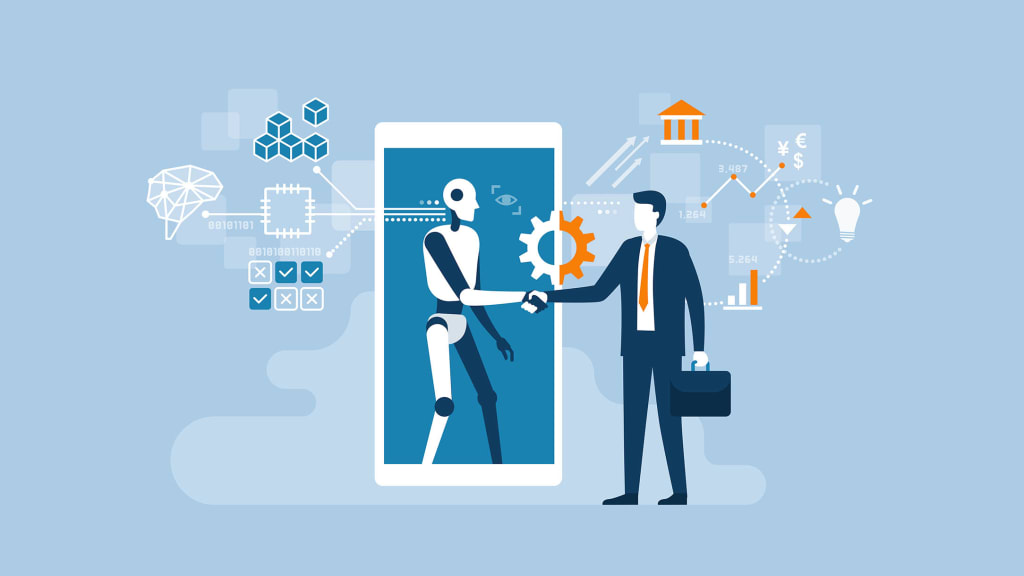The COVID-19 pandemic changed global supply chains a lot. Company boards and CEOs now want supply chain leaders to reduce risks. They want supply chains to be ready for disruptions like this in the future. Our research at big companies like Walmart, Tyson Foods, Koch Industries, Maersk, Siemens, and Unilever shows how important advanced AI is for this. These companies, recognized leaders in their industries, are keen examples of what companies use artificial intelligence to fortify their supply chains against unforeseen challenges, demonstrating a proactive approach to resilience and strategic adaptation.
These companies are using AI in supply chain to improve visibility and flexibility. AI tools help them respond to immediate disruptions. They also help strengthen relationships with existing suppliers by allowing new product lines. Plus, these technologies let companies proactively find and work with potential new suppliers, protecting against future crises. Automating negotiation processes is key — it streamlines operations and improves efficiency.
It’s crucial to use AI when purchasing. Maggie Brommer heads buying for fancy Unilever items. She says, “When supplies run short, companies race to find new suppliers fast.” AI helps react quickly to challenges and turns problems into business gains. Let’s learn how major firms employ AI purchasing to reshape supply chains.
Strategies for Finding Alternative Suppliers
The pandemic impacted supply chains around the world. Companies need new ways to find suppliers. Here are strategies to find new suppliers and keep supply chains strong.
Expand Your Network of Distributors and Suppliers
When supplies get disrupted, having more suppliers helps. Talk to your current suppliers about their challenges. This enables you to prepare for changes. Look for new suppliers in your country and overseas. You may find suppliers not being used by others. Build relationships with potential new suppliers early. They may prioritize existing customers first. But this shows you are serious when supplies become available.
- Engage with Existing Suppliers: Good relationships with current suppliers are key, especially during disruptions. Open communication lets you understand delays. You can explore solutions together. You may also discover new products from these suppliers.
- Seek Alternative Sources: Finding new suppliers reveals sources you didn’t know about before. Having diverse suppliers reduces reliance on any one source, improving resilience against future problems.
- Prioritize New Relationships: Making new supplier connections is challenging but very important. Even though new suppliers may focus more on current customers, showing you’re committed and reliable can help make your business a valuable partner over time, leading to stronger relationships and more dependable supply chains.
Go Directly to the Source
Dealing with manufacturers directly can help build steady supply links. It may also cut costs by skipping middlemen. This way, though, requires an in-depth grasp of manufacturing. You may have to negotiate with factories yourself. If transport is a challenge, handling logistics ensures a reliable supply chain. Managing your own transport may be tough at first, but it can pay off by getting supplies on time.
- Find Opportunities Upstream: Connecting directly with makers or prime suppliers gives an edge. It minimizes delays and lowers costs. Direct ties allow open talks and quick fixes to supply hiccups.
- Use Your Own Logistics: If everyday logistics stumble, controlling transport can be game-changing. You might set up your shipping or team with local transport firms. This ensures that your supplies are prioritized.
Diversify Your Product and Material Sources
Shortages often force firms to find alternative stuff that does the same job. This not only keeps production going but sparks creativity in sourcing and design. It may improve products or cut costs. Also, stockpiling key materials when available can blunt future shortages. But this needs careful money and storage planning to ensure it’s viable.
- Find new materials. When you can’t get what you need, finding other things that work can keep things going. You may need to change how you make things, but it’s key to stay running.
- Save up on supplies. When important materials are available, stock up. This gives you extras for when they’re gone. But don’t go overboard – it costs money to store things, and some stuff doesn’t last.
Leverage Competitive Intelligence
Observing how competitors handle their supply chains can provide valuable insights into effective strategies and new market opportunities. If rivals secure materials unavailable to you, it may indicate alternative sourcing channels or better negotiation tactics. In extreme cases, buying products from competitors to fulfill customer orders can be a temporary solution, ensuring you meet customer needs while maintaining market presence and protecting your brand during supply shortages.
- Watch Competitor Moves: Understanding how your competitors manage their supply chains can reveal new strategies or suppliers. If they can secure materials you cannot, it might be worth investigating their suppliers or contract terms.
- Consider Unconventional Options: If all else fails, purchasing from competitors, though seemingly counterintuitive, can keep your business operational. This approach may be costly but can maintain customer satisfaction and protect your market share in critical times.
These strategies highlight the importance of agility, proactive planning, and diversification in building a resilient supply chain capable of withstanding global disruptions.
You might also like
generative-ai
Investigating Cloud Application Development for Pragmatic DLT
Cloud app creation changes how we think about building, launching, and maintaining software. This change helps companies be more flexible, adaptable, and focused on data, crucial characteristics in our rapid digital world. As tech keeps progressing, top players like Pragmatic DLT use these advances to provide improved, advanced options. This tutorial makes clear the complexities […]

Maximizing Existing Supplier Capabilities
Bringing in new suppliers can be a long process, especially for complex industries like aerospace. For example, it may take over a year for a company like Rolls-Royce to approve, test, and set up a new supplier. Rather than going through this lengthy process, it is often better to strengthen the capabilities of your existing suppliers using advanced tools like artificial intelligence (AI).
Leveraging AI to Optimize Supplier Engagement
Koch Industries, a large private company in the United States, has found a new way to get more from its current suppliers. It uses an artificial intelligence supply chain tool created by Arkestro to take a deeper look at what its suppliers can do. Traditionally, companies manage suppliers based on broad categories and total spending, which overlooks the specific capabilities of individual suppliers. Arkestro’s tool analyzes data at a detailed level, looking at individual products and part numbers (SKUs). This allows Koch to identify opportunities within its existing supplier base rather than having to find new suppliers.
This approach streamlines the procurement process. Instead of the long process of onboarding new suppliers, Koch can optimize its current relationships. The AI tool provides a better understanding of supply options and alternative sources within Koch’s existing network.
Using Data Effectively for Strategic Sourcing
The AI tool’s strength lies in analyzing large datasets from various sources. It can process data on existing suppliers, orders, invoices, and even past unsuccessful quotes. This comprehensive analysis provides deep insights into the supplier landscape. Companies can quickly identify backup suppliers and alternate sources without looking outside their existing networks. Using data effectively enables smarter strategic sourcing decisions.
The AI supply system creates new quote requests (RFQs) using past data. It includes details like lead times, places, amounts, agreements, and costs. Suppliers get these RFQs by email. They can agree with one click if the AI details are okay. If changes are needed, the supplier can modify the quote. The AI tool learns from these changes to improve its accuracy over time.
Mutual Benefits for Growth and Efficiency
For Koch Industries, using this AI tool is good. It helps find more options from current suppliers without needing new ones. This saves time and makes the supply chain stronger by using what they already have.
It also helps suppliers. They spend 60% to 90% less time on RFQ processes. It opens up new business chances with Koch’s big operations. Suppliers can work more with a major company without the usual hassles. Using AI like this to make the most of the existing suppliers is smart. It focuses on efficiency, resilience, and mutual growth, artificial intelligence and supply chain management.
Implementing Automated Negotiation Processes
Companies are transforming how they handle procurement and supply chain management by implementing automated negotiation processes using AI. This technology enables dynamic pricing, real-time bidding, and automated contract adjustments, making negotiation phases much more efficient. With AI, companies can quickly analyze large amounts of data to identify the best terms based on past negotiations, current market conditions, and supplier performance, leading to more favorable outcomes faster than traditional methods.
Automated negotiation tools seamlessly integrate into existing procurement systems. This ensures all transactions comply with company policies and industry regulations. It also maintains consistency across deals and reduces errors. These tools provide a clear audit trail, enhancing transparency in procurement processes. As they learn from each interaction, they continuously improve, becoming better at securing deals aligned with strategic business objectives.
However, the success of automated negotiation systems heavily relies on the quality of data fed into them and the sophistication of the underlying algorithms. Businesses must ensure their data is accurate and comprehensive to fully leverage AI in negotiations. Additionally, while AI can handle routine negotiations, complex deals with significant strategic implications may still require human oversight to guide the negotiation strategy and make nuanced decisions that AI may not fully appreciate.
Guidelines for Strategic Decision-Making
Strategic decisions are crucial for businesses. AI tools help with smart choices by analyzing data, predicting outcomes, and planning scenarios. These technologies let decision-makers understand potential results and make informed decisions. For example, AI can simulate different situations and their effects on the supply chain. This is helpful as supply chain decisions can be complex and uncertain.
Incorporating AI promotes data-driven decision-making in companies. Choices are based on facts and statistics, not just intuition. This reduces bias and improves decision quality. Still, businesses should balance AI recommendations with human intuition. AI tools should assist, not make final decisions.
To use AI effectively for strategic decisions, companies must train employees. Decision-makers need to understand AI outputs properly. They should question AI insights, know limitations, and apply them relevantly. Combining AI skills and human expertise unlocks AI’s strategic advantages.
Testing and Assessing AI Technologies
Before putting AI into supply chains, testing it fully is critical. This ensures it fits your business. Checking how it works in real situations and seeing how it affects processes is key. You can do a pilot test, putting the AI in part of the supply chain. This lets you watch how it performs and find issues before using it entirely.
The assessment should also validate that the AI follows the rules and standards, especially in industries with strict compliance. Assessing the AI’s security protects sensitive data and reduces cyber risks, too. Using simple, straightforward language makes it easier to understand.
After deploying AI, monitoring and evaluating it continuously is necessary. This ongoing process helps businesses using AI adapt and optimize systems as needed. Feedback loops gather insights from users, refining the AI tools accordingly – keeping them efficient and effective within the broader supply chain strategy. Getting the right balance between providing information and engaging readers proves crucial.
Knowing When AI Solutions Aren’t Appropriate
Artificial intelligence can sometimes be useful, but there are times when using it may not make sense or maybe too expensive. It’s important to know when these times occur to avoid problems and save resources. For example, AI might not work well if the money needed to set up and maintain it is more than what you’d get back. Or, if putting AI into action causes big problems with your current methods, this could be a big issue.
When it comes to situations that require human judgment and complex choices, too much trust in AI might lead to unwanted results. AI gains might not be significant in areas like customer support or quality checks, where personal views and emotional smarts are critical. In these cases, AI should enhance and boost human skills, not completely replace them.
Moreover, companies need to think about moral issues when deciding not to use AI. Privacy of data, possible job cuts, and fairness in automated choices are important worries. They need proper attention. A full-risk check-up should include moral views. This can help guide the choice to use or not use AI solutions. This way, new technologies can match the beliefs of the company and what society thinks is right.
Building a Comprehensive Portfolio of AI Tools
Making AI tools for different jobs is important for using AI in supply chains. This means putting together systems that can predict things, forecast demand, control inventory, and optimize logistics. Having many tools lets organizations manage different parts of the supply chain, adapt to changes in the market, and overcome challenges with ease.
Building this strong set of tools starts with understanding what an organization needs and the complex issues AI can solve. It’s crucial to choose AI solutions that work with existing systems so there’s no big disruption. Also, picking AI tools that give real benefits and match long-term goals is key.
Keeping AI tools working well means constantly upgrading technology, machine learning, and the supply chain. As AI tech changes, updating toolsets and training staff with needed skills is critical for staying ahead. This complete approach not only makes operations more efficient but also drives innovation in the supply chain.
Examples of Implementing AI Technologies in Supply Chain
Amalgamating AI tech into supply chains leads to huge improvements in efficiency, precision, and pace of operations for numerous firms. This integration, often referred to as supply chain and AI, enhances various aspects of operations. For example, predictive analytics forecast demand with greater accuracy, enabling better inventory control. Machine learning algorithms streamline routing and logistics, reducing delivery times and costs substantially. Plus, automation of repetitive tasks via AI frees up human workers to focus more on strategic activities more.
A prime illustration is AI deployment for tracking goods and materials live – enhancing transparency and allowing agile counter-strategies. Moreover, AI tools facilitate enhanced supplier selection/procurement plans by scrutinizing performance data and risk factors related to suppliers – thus reinforcing supply chain resilience.
Further, AI apps in customer services like chatbots and automated response systems boost customer experience by responding to queries and issues rapidly yet accurately. These integrations encapsulate AI’s diverse potential to revolutionize supply chain ops – making them smarter, supplier, and client-focused.






